In the numerous issues of foot rehabilitation, flat feet is undoubtedly the most focused problem. It not only affects daily walking posture but may also lead to knee, hip, and even spine compensation problems. For this long-term chronic structural issue, traditional treatments often rely on the doctor's experience for rehabilitation assessment and intervention adjustments. However, today, a new role is gradually becoming the “smart advisor” in the field of rehabilitation — the flat feet 3D measurement device.
The essence of flat feet is the collapse of the arch, imbalance in the supporting structure, and insufficient muscle coordination. Compared to traditional visual inspection or photographic analysis, the reason why the 3D scanner is widely used is that it provides a new way of precise modeling and quantitative analysis.
The core principle is simple yet efficient:
Through a set of high-speed, precise laser emitters, laser beams of a specific wavelength are projected onto the foot surface; when these beams encounter the tiny fluctuations on the skin, toes, or foot arch, they will deflect slightly. The system then synchronously collects the reflection paths and deviation angles using multiple sensors and cameras. Through triangulation and spatial reconstruction algorithms, a complete 3D model of the foot can be created in an instant.
No marking or contact is required during the scan process, and the modeling can be completed in seconds. The generated 3D data is detailed to every change in the arch height, toe splay angle, and heel tilt angle, among other small features. In other words, it not only detects “whether there’s a problem” but also accurately tells you “where the problem is.”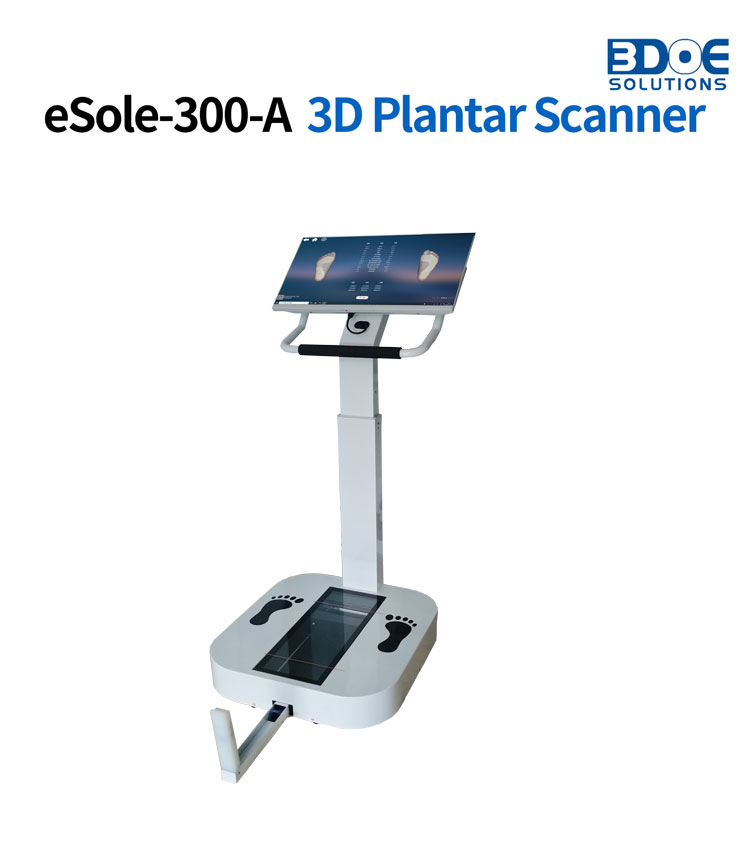
From Modeling to Integration: Unifying the “Data Hub” of Rehabilitation
The biggest advantage of laser 3D measurement is not just that it “sees” the problem, but that the data can be “accessed.”
That is, this 3D foot model can be linked with rehabilitation equipment!
For example:
Foot muscle electrical stimulation devices
Dynamic arch training devices
Low-frequency rehabilitation wave therapy devices
Passive joint traction beds
Foot vibration feedback devices
Most of these devices have digital interfaces or open protocols. After the laser measurement device collects the 3D foot data, the software system can automatically perform the following actions:
Determine the degree of arch collapse, categorized as level 1/level 2/level 3 flat feet
Customize rehabilitation parameters based on foot thickness, heel angle, toe spacing data
Send "personalized treatment instructions" to rehabilitation devices, such as:
Electrical stimulation frequency and region settings
Traction angle and rhythm adjustments
Passive foot movement amplitude restrictions
Like a “smart rehabilitation assistant,” the measurement device not only provides reports but also actively participates in subsequent intervention steps, greatly improving the efficiency and precision of rehabilitation.
Establishing a “Data Loop” System for Rehabilitation
A rehabilitation expert once said, “The essence of rehabilitation is not just treatment, but a quantifiable and controllable adjustment process.”
In the past, treatment relied on experience, but today, we can let data speak. Through laser 3D scanning technology, we establish a digital file for flat feet and link it to rehabilitation terminals, forming a complete “data loop”:
→ Laser scan to obtain the foot model
→ Intelligent analysis generates a foot structure report
→ Integration with rehabilitation equipment for personalized control
→ Re-evaluate rehabilitation results and optimize
This cycle no longer relies on subjective feelings or verbal descriptions, but rather on millimeter-level data tracking, truly achieving “quantitative assessment and intelligent treatment.”

 +86-0755-86131192
+86-0755-86131192 2025-07-03
2025-07-03 Back to list
Back to list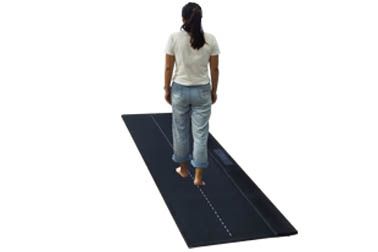
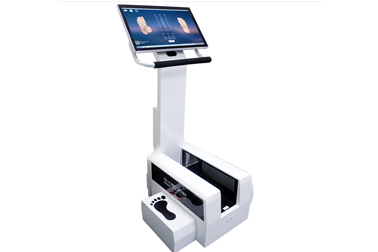
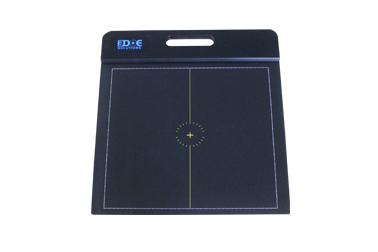
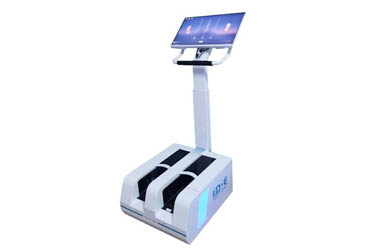
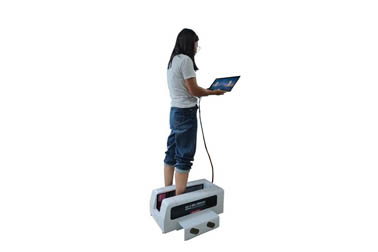



 +86-0755-86131192
+86-0755-86131192